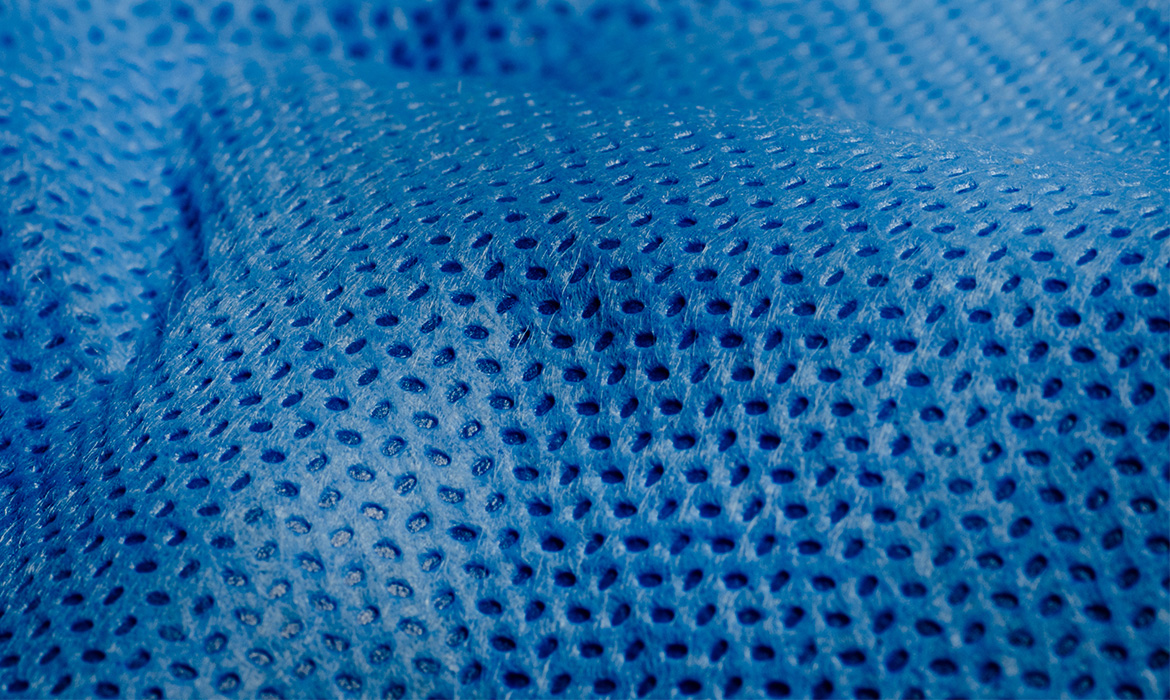
Types of Spunbond Fabric
The most recent

Everything Need to ...
1/16/2024Spunbond fabric is one of the non-woven fabrics made from polypropylene fibers. Due to its positive features and advantages

Hydrophilic Fabric R...
12/5/2023In the quest to combat water scarcity, innovative solutions like fog harvesting have emerged as promising alternatives

Hydrophilic Fabric
10/4/2023 Given the importance of hygiene and adherence to safety principles in places like hospitals, manufacturers have aimed to produce products that are particularly valuable and effective in this area. Hydrophilic fabric is one of those products designed for this purpose
The most visited

Where to Buy Spunbon...
9/30/2023Spunbond fabrics belong to a category of non-woven textiles made from polypropylene. Unlike conventional fabrics constructed with warp and weft, spunbond materials

What is Spunbond
10/2/2023One of the most captivating, functional, and widely-used fabrics in the domestic market is the spunbond fabric. This fabric plays a significant role in the production of industrial products due to its unique characteristics.

Crafting Melt Blown ...
9/30/2023Melt blown textiles have emerged as one of the most sought-after materials, gaining prominence especially in the healthcare field
subscribe to newsletter

Types of Spunbond Fabric
9/19/2023
Spunbond fabric is one of the most efficient, popular, and affordable fabrics in the Iranian market. Spunbond comes in a vast variety, such that you can purchase it in different colors and thicknesses. The thick spunbond is one of the most common and widely-used fabric types, which we will discuss in detail below.
Types of Spunbond Fabric
Spunbond is a commonly used fabric in the domestic market, its most significant feature being non-woven. Essentially, this fabric is not knitted. This fabric has numerous industrial applications, which we will delve into in the following sections. Several factories in cities like Mashhad, Tehran, Isfahan, etc., actively produce spunbond, distributing their products throughout the country. The reason cotton fibers are not used in the production of spunbond is because these fabrics are pressed by specialized machinery, and their foundation is made of pressed fibers. Spunbond fabric is highly versatile due to its features, and can be categorized in various ways based on color, thickness, etc. The most widely-used type is the thick spunbond, which we will discuss in the next section.
Where to buy Spunbond fabric?
As mentioned earlier, one factor contributing to the variety in spunbond is its thickness. These fabrics are categorized into different groups based on their thickness, as follows:
S: This category represents fabrics with the least thickness, making them the thinnest single-layer spunbond products.
2S: These fabrics rank second in terms of thickness. Compared to the first type, they are thicker and have one more layer. They are mostly used in medical applications, especially for dressing deep wounds.
3S: Naturally, this category has a higher thickness ranking and is among the thickest spunbonds available in the market. In the design of these fabrics, more than three layers are used for added thickness. These layers have high durability and never separate from one another.
The best use of thick spunbond fabric is in medical centers and hospitals. These establishments are primary customers for thick spunbond. With the help of these fabrics, various wounds in patients heal rapidly. Spunbond fabrics have different prices based on their thickness. To get the latest price information, you can visit reputable stores.

Applications of Spunbond
The most common uses and applications of spunbond are as follows:
Medical Industry
In the medical industry, all health products and equipment, including clothing for patients and medical staff, various masks and caps, sanitary napkins, therapeutic pads and bands, etc., can be produced in bulk with very high quality using spunbond.
Automobile Industry
Interestingly, these products have also shined in the automotive industry and for the production of industrial equipment. Examples of products produced in this industry with the help of spunbond include: interior roof coverings of vehicles, production of color lines, interior car decorations, car tents production, car seat covers, etc.
Cover and Packaging Industry
In this industry, products such as computer covers, home appliance coverings, raw material packaging, etc., are specifically made using spunbond.
Agriculture Industry
Other uses of these fabrics in agriculture include: manufacturing various containers for storing and packaging fruits and types of fertilizers, as a covering to prevent crops and agricultural lands from freezing, and so on.
Start a conversation
Hello ! Click on a member below and chat.